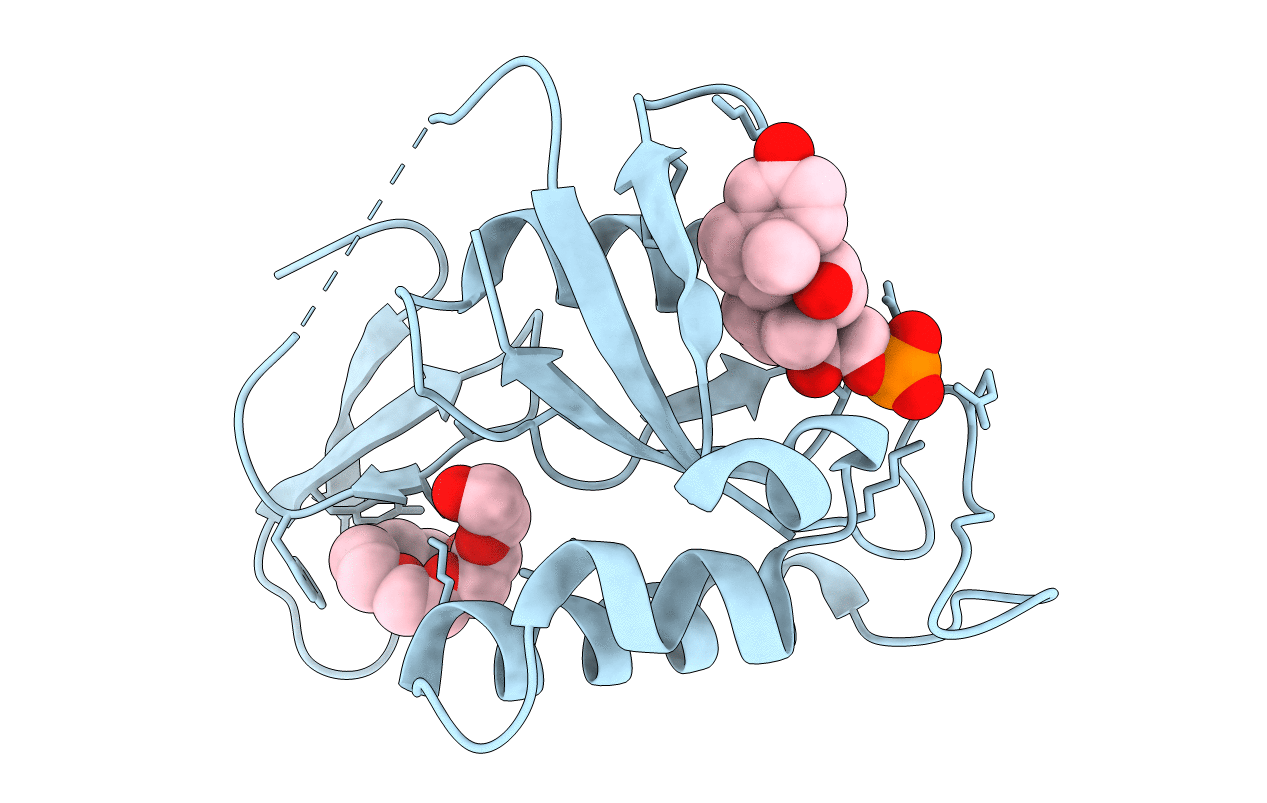
Deposition Date
2011-08-08
Release Date
2011-08-31
Last Version Date
2023-09-13
Entry Detail
PDB ID:
3TC5
Keywords:
Title:
Selective targeting of disease-relevant protein binding domains by O-phosphorylated natural product derivatives
Biological Source:
Source Organism:
Homo sapiens (Taxon ID: 9606)
Host Organism:
Method Details:
Experimental Method:
Resolution:
1.40 Å
R-Value Free:
0.21
R-Value Work:
0.17
R-Value Observed:
0.17
Space Group:
P 31 2 1


